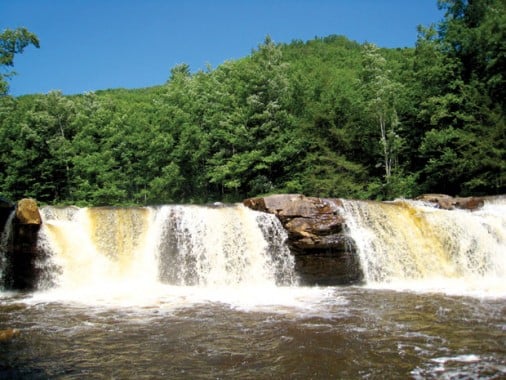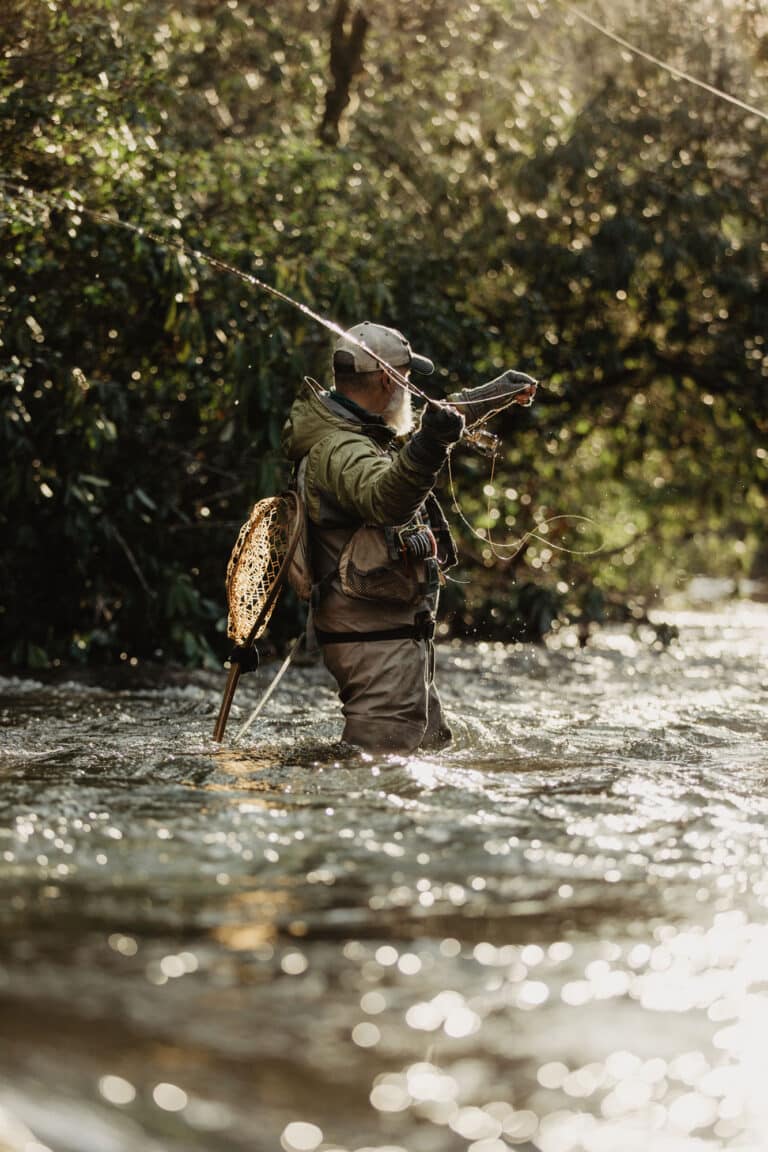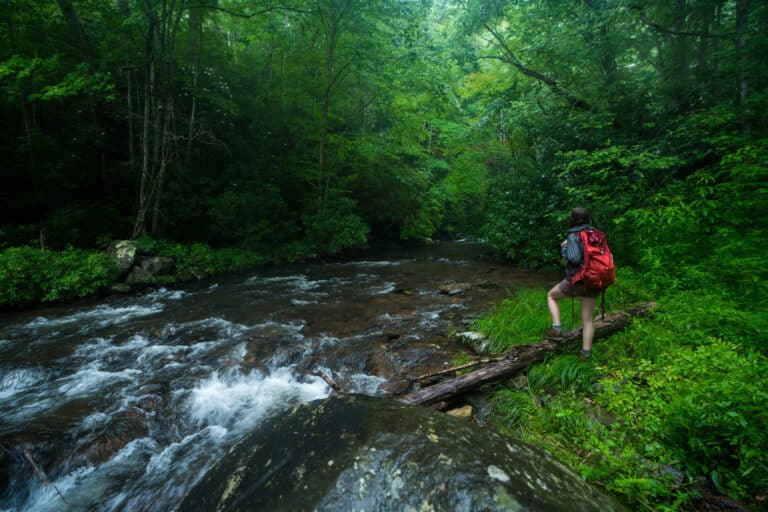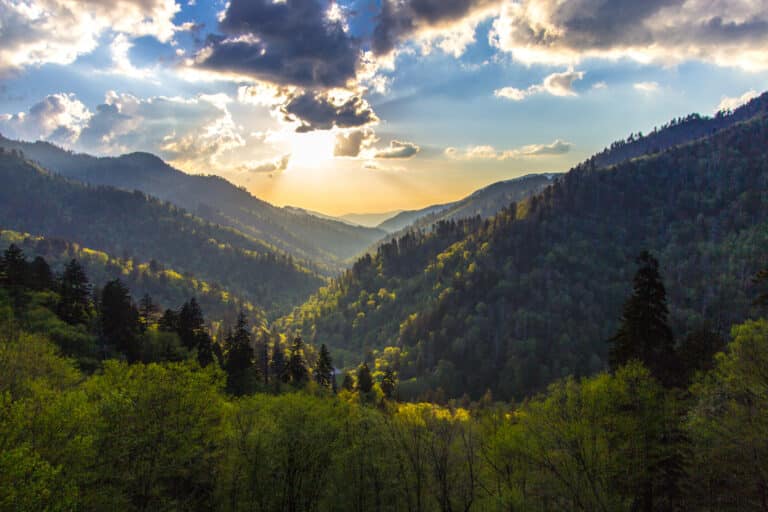Jim Snyder paddles the longest undammed stretch of whitewater in the East.
Jim Snyder’s at home in Albright, W.Va., waiting for the next big storm.
Snyder has notched first descents on many steep creeks before most of today’s boaters were out of diapers. But he’s best known for an annual two-day, 140-mile paddle of the Cheat River, from its Shavers Fork headwaters down to Cheat Lake.
Snyder knows the Cheat River better than anybody, and he knows that it is an anomaly in the Eastern U.S. For starters, it flows north. There is only one dam on the Cheat, and it is a short 3.5 miles upstream of the river’s confluence with the Monongahela River, bound for Pittsburgh. No other big Appalachian river can make this claim. Its normal flows are between 1000 to 5000 cubic feet per second (that’s similar to the famous stretch of Tennessee’s Ocoee and larger than Pennsylvania’s Youghiogheny at Ohiopyle). The watershed drains over 10 percent of the entire state.
The class IV Cheat Canyon became one of the most popular commercial rafting destinations in the country in the 1980s, and the awareness created by the rafting industry helped keep it fairly clean. It prevailed as the premier destination for rafting for many years, until road access made travel to the New and Gauley Rivers to the south more reasonable. In the mid-90s, mine blowouts increased pollution to levels that killed most or all organisms in stretches of the river, and recreational use of the river hit dramatic lows. Local advocacy group Friends of the Cheat formed in 1995 as a response to the blowouts and began to use resources in legislation and science to turn things around. Because of restoration efforts, the water quality has improved substantially over the past two decades.
Above the canyon, the forks of the Cheat reach into the highest elevations of West Virginia’s Monongahela National Forest and drain an enormous watershed that creeps to the sub-continental divide. They represent over 200 more miles of stream and have reputations of their own among boaters, fishermen, and swimmers. Flowing through largely wooded mountains and through a few small towns, it is the Shavers Fork that stretches the longest. It begins high up inside Snowshoe Mountain Resort.
Snyder was one of the first raft guides on the Cheat Canyon. In those days, Snyder pioneered the obscure sport of squirt kayaking in the 1980s. Squirt boating is intentionally paddling a barely buoyant kayak into downward pushing cross-currents found in whitewater for underwater “mystery moves,” sometimes lasting longer than 30 seconds. Squirt boaters around the globe know Jim’s name as the godfather of the sport.
Snyder prefers to do his 140-mile trip solo. He paddles from 5 a.m. to 9:30 p.m. both days. He eats constantly, taking short snack breaks. His strategy—just keep paddling, not too hard—has worked well thus far; he’s completed 9 of the 10 trips that he started. The not-too-hard part is important. The one trip he didn’t fully complete, Jim paddled too fast and got ahead of the increasing water level. Before long he had paddled from a full streambed into a dry one, and didn’t have the time to sit for a half day to wait for the water to catch up.
Jim looks for the perfect conditions to “ride the bubble” as it flows north through the better part of five West Virginia counties. Even perfect conditions can’t guarantee the trip will go smoothly. On the Shavers Fork, Jim once found himself entangled in grape vines that had come down with a fallen tree. He had to release from his heavy gear-stuffed kayak, which he then couldn’t wrangle until he got to calm water. The boat was too heavy to turn over to drain, so he emptied the entire boat with a sponge.
Other than the three months when he was a cashier at the Pentagon, every job he’s ever held had something to do with whitewater. He makes his living designing whitewater kayaks and paddling gear specifically crafted for squirt boating. His wooden paddles, hand-made to order in Albright, W.Va., are used on rivers all over the world by kayakers, canoeists, stand up paddleboarders, and rafters. His business, Rivrstyx, has a long waiting list, though nobody complains when he tells customers that it may take as long as two months to get their paddle. They’re worth the wait.
Snyder’s whitewater ultra begins with a 15-foot waterfall plunge, followed by several miles of technical boulder-strewn class IV rapids stacked one after another. Out of the steeps, the Shavers Fork mellows out to a class II run with little flatwater. Then, in Parsons, W.Va., the Black Fork merges from the east, creating the main stem of the Cheat. Miles-long flat pools push the mental and physical limits of boaters as the odometer creeps into the triple digits. The low angle of the early evening sun blinds, but Jim’s plan – just keep paddling, not too hard – prevails.
After over 100 miles of river, Jim Snyder’s long trip picks up one last characteristic of West Virginia whitewater: big water. First comes the Narrows, a well-known section of picturesque Class III whitewater with pushier features, including a rapid known as Calamity. Then, Jim Snyder’s long trip down the Cheat enters the Canyon.
“The Canyon’s the best part every year, because it always goes perfectly,” Jim tells me while recounting a decade of long trips. Cheat Canyon simultaneously marks the last and the most challenging rapids of the trip, through famous rapids like Big Nasty and Coliseum. Because the Canyon begins in his backyard, he drops off his camping gear at home to reduce weight and yard sale potential in the Canyon.
At the top of the canyon, the river is 100 yards wide, but ultimately it squeezes through channels only 10 feet across. After a few more miles of big Cheat whitewater, the river mellows and deepens to form Cheat Lake.
Why paddle the longest stretch of undammed river east of the Mississippi in two days? “It’s sounds tough, but really it’s a lot of easy miles,” Snyder says. “I just like to paddle a lot.”
That’s an understatement. •







